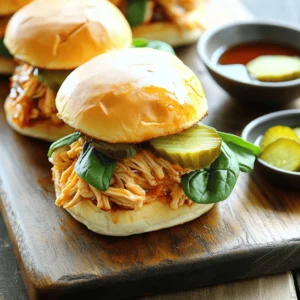Latest & Greatest

Strawberry Shortcake Trifle Delightful and Easy Recipe
Craving a sweet treat that feels fancy but is super easy to make? Strawberry Shortcake Trifle is your answer! In
Read more…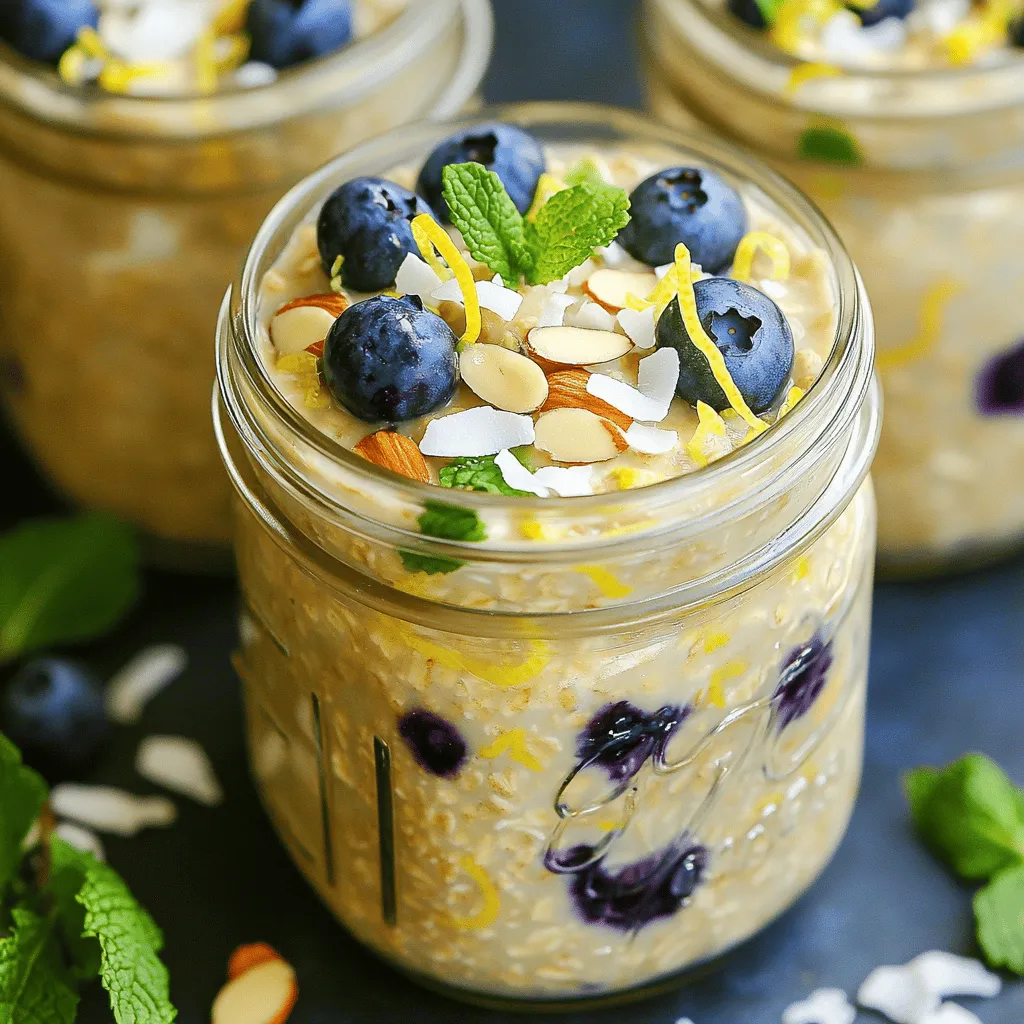
Blueberry Lemon Overnight Oats Easy Healthy Recipe
Start your day right with these Blueberry Lemon Overnight Oats! This easy, healthy recipe combines rolled oats, fresh blueberries, and
Read more…
Garlic Herb Roasted Carrots Flavorful and Simple Dish
Looking for a simple yet tasty side dish? Garlic herb roasted carrots will steal the show! This dish combines sweet,
Read more…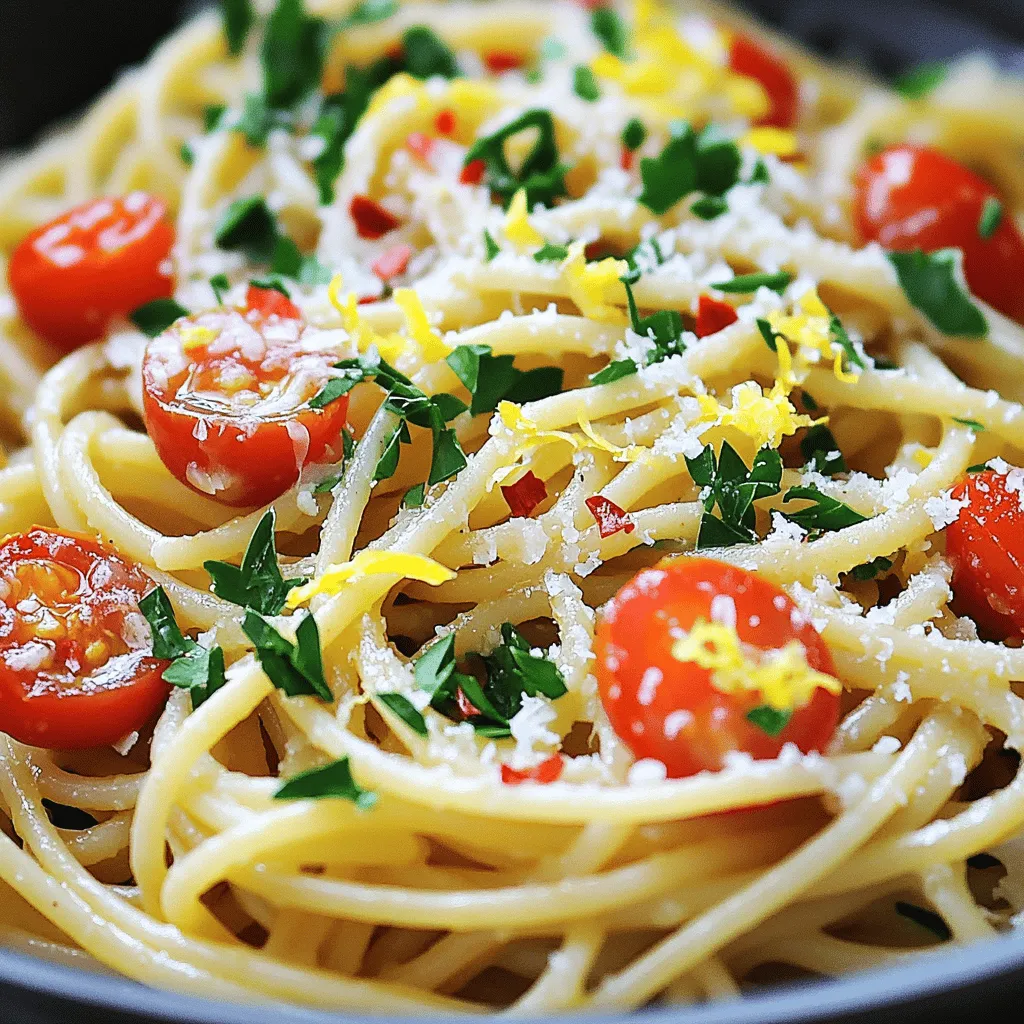
Savory Spaghetti Aglio e Olio Easy Weeknight Meal
Looking for a quick and tasty dinner? Spaghetti Aglio e Olio is perfect for you! This easy weeknight meal uses
Read more…
Chocolate Dipped Pretzel Rods Easy and Fun Recipe
Looking for a sweet treat that’s easy to make and fun to eat? You’re in the right place! Chocolate dipped
Read more…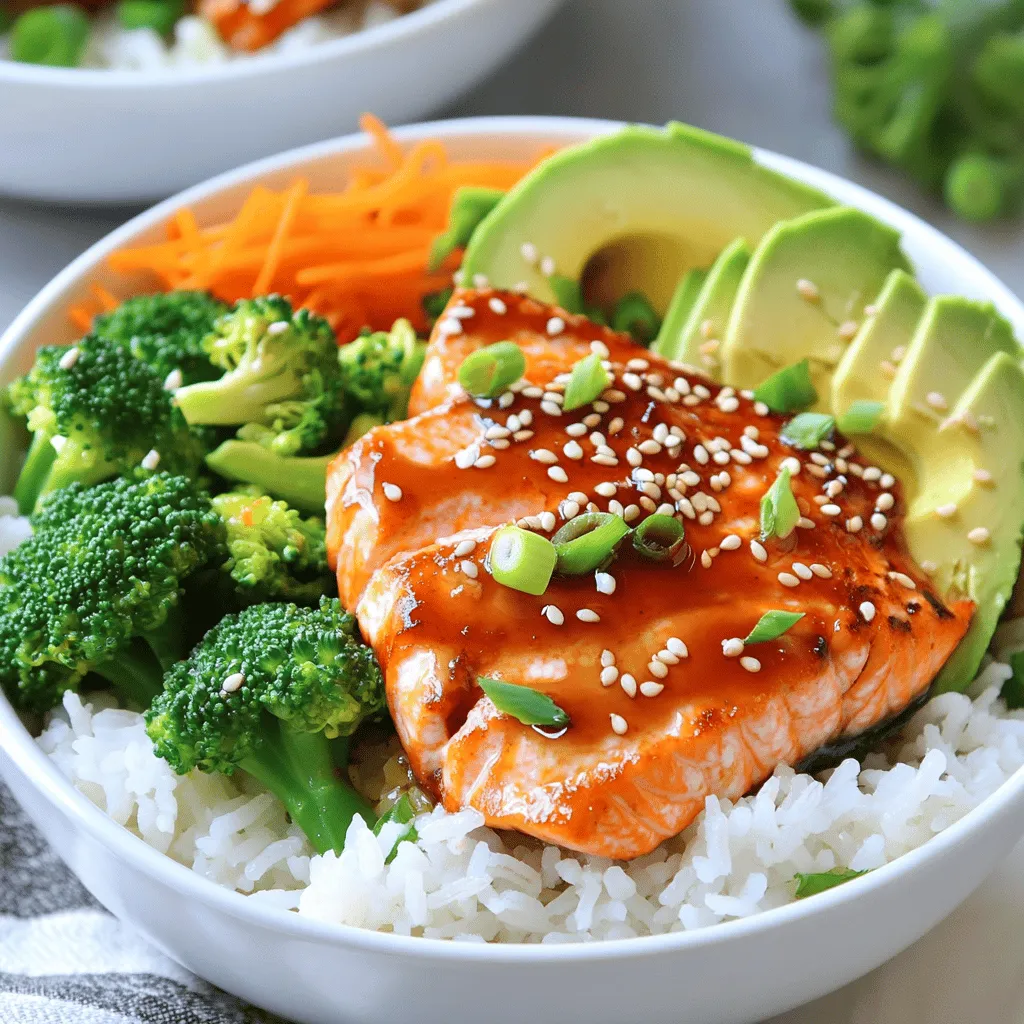
Teriyaki Salmon Bowls Flavorful and Easy Meal Prep
If you crave a tasty meal that’s quick and easy, Teriyaki Salmon Bowls are for you! I’m excited to share
Read more…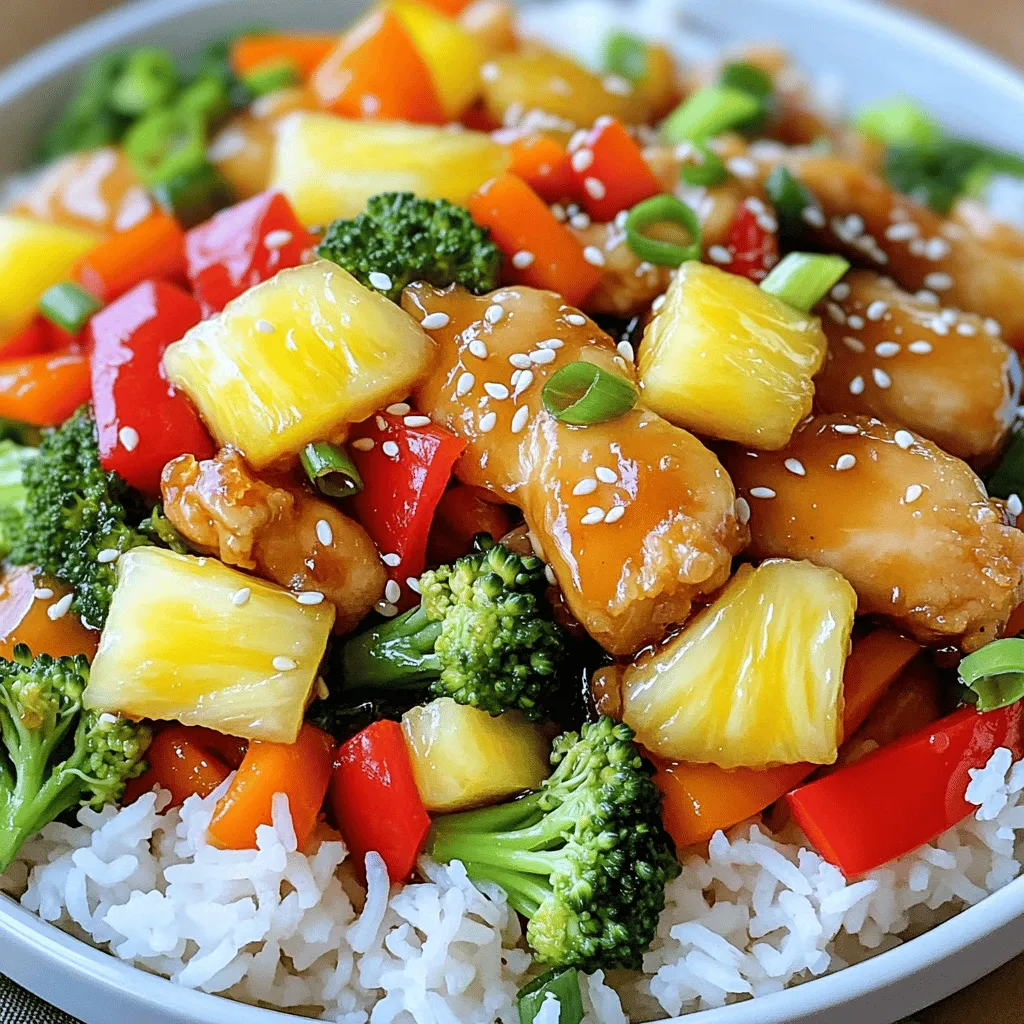
Sweet and Sour Chicken Stir Fry Flavorful and Easy Meal
Looking for a quick, tasty meal? Sweet and Sour Chicken Stir Fry is your answer! I’ll guide you through a
Read more…
Chocolate Avocado Mousse Rich and Creamy Delight
Looking for a sweet treat that’s also healthy? You’re in the right place! My Chocolate Avocado Mousse is rich, creamy,
Read more…browse recipes
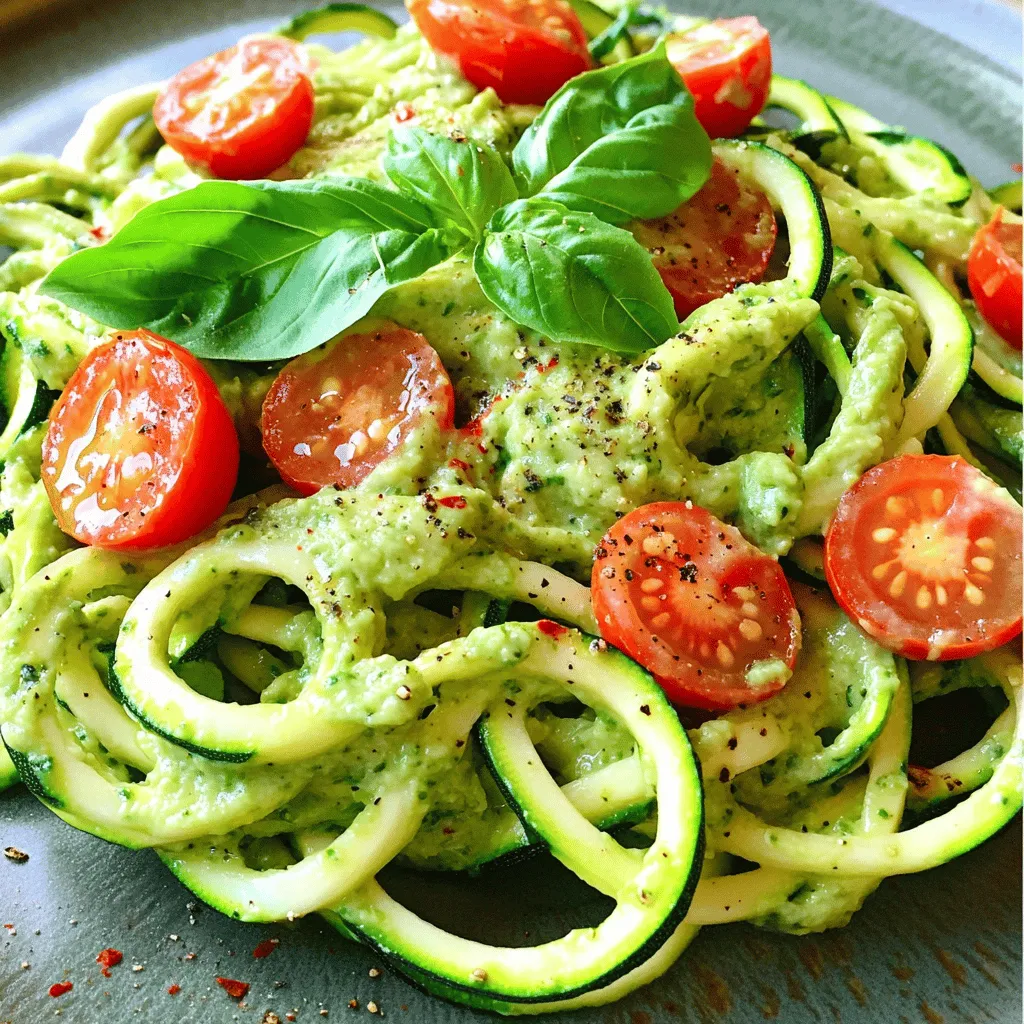
Zucchini Noodles with Pesto Flavorful and Healthy Dish
Looking for a fresh, vibrant dish that’s both healthy and easy to make? Zucchini noodles with pesto are your answer! This recipe takes simple…
My Latest Desserts
Chocolate Chip Pumpkin Cream Cheese Muffins Delight
If you love the cozy flavors of fall, you’re in for a real treat! Chocolate Chip Pumpkin Cream Cheese Muffins Read Full RecipeStreusel Pumpkin Cream Cheese Muffins Delightful Treat
If you love pumpkin flavors, you will adore these Streusel Pumpkin Cream Cheese Muffins. They mix rich pumpkin with creamy Read Full RecipeEasy Pumpkin Cream Cheese Muffins Tasty Fall Treat
Fall is here, and that means it’s time for warm, cozy treats! You’ll love these Easy Pumpkin Cream Cheese Muffins. Read Full RecipePumpkin Cream Cheese Muffins Delightful and Simple Recipe
Get ready to enjoy a treat that combines the warmth of pumpkin with creamy cheese! This simple recipe for pumpkin Read Full RecipePumpkin Pie Crinkle Cookies Charming Autumn Treat
Get ready to embrace autumn with a delightful twist on a classic favorite! Pumpkin Pie Crinkle Cookies combine the warm Read Full RecipePumpkin Cheesecake Cookies Irresistible Fall Treat
Welcome to the season of cozy flavors and pumpkin delights! If you crave a treat that combines the rich taste Read Full RecipeChocolate Chip Pumpkin Cookies Flavorful Fall Treat
Are you ready to bake something special this fall? Chocolate chip pumpkin cookies blend sweet chocolate with warm pumpkin spice Read Full RecipePumpkin Butter Snickerdoodles Irresistible Cookie Treat
Looking for a new fall favorite? These Pumpkin Butter Snickerdoodles are the perfect cookie treat! With soft centers and a Read Full RecipePumpkin & Oatmeal Cookies with Icing Delight
If you’re looking for a delightful treat that combines the warm flavors of fall, you’re in the right place! In Read Full RecipePumpkin Churro Bites Tasty and Easy Dessert Treat
Are you ready to take your dessert game to the next level? These Pumpkin Churro Bites are here to impress! Read Full Recipe
My Latest Recipes
hey,
i’m !
I’m so happy you’re here!
Food is my passion, and perfecting each dish is my craft. I can’t wait for you to try them let’s dive into this delicious journey side by side.
Cauliflower Rice Stir-Fry Flavorful and Quick Meal
Looking for a quick, tasty meal? I’ve got you covered with my Cauliflower Rice Stir-Fry! This dish combines fresh ingredients for a colorful plate…
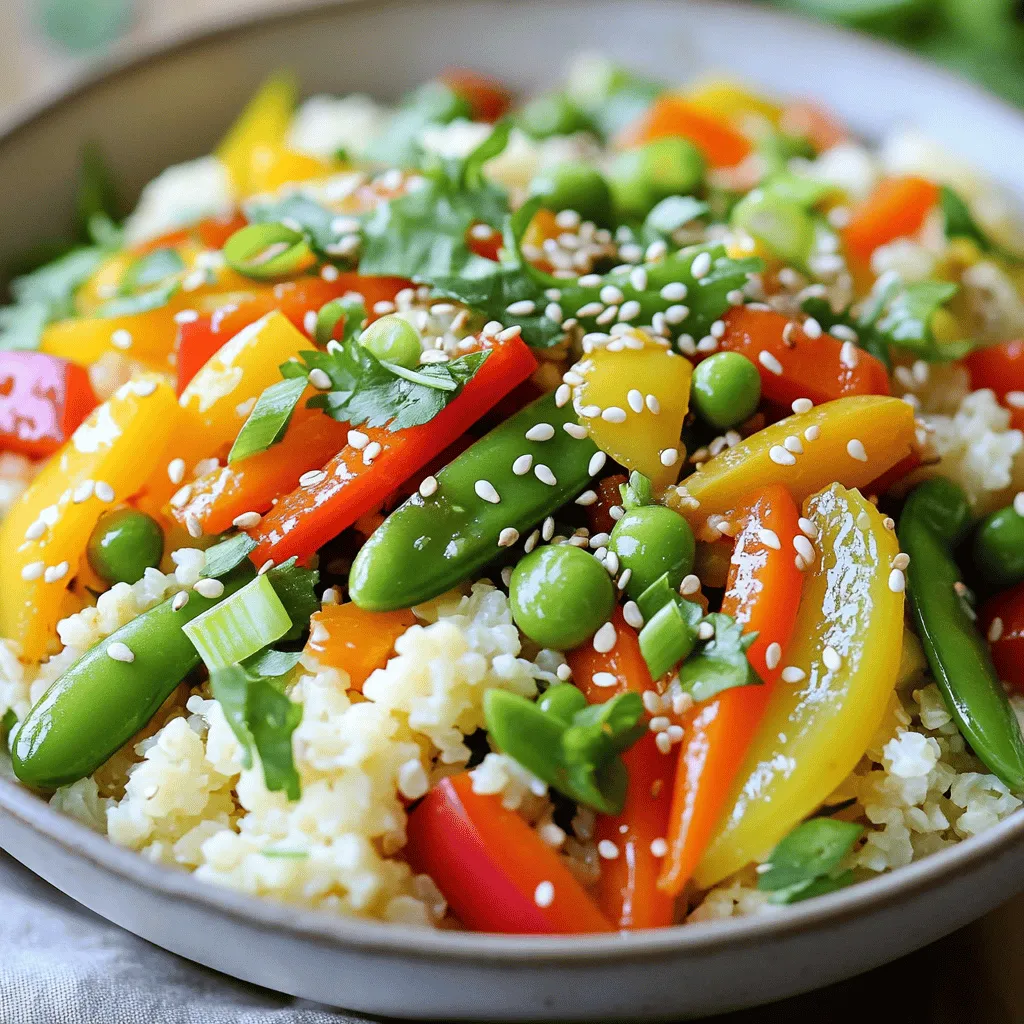





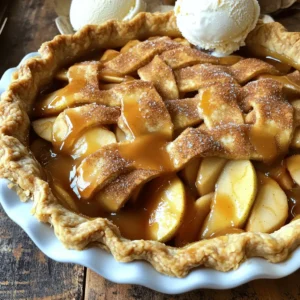










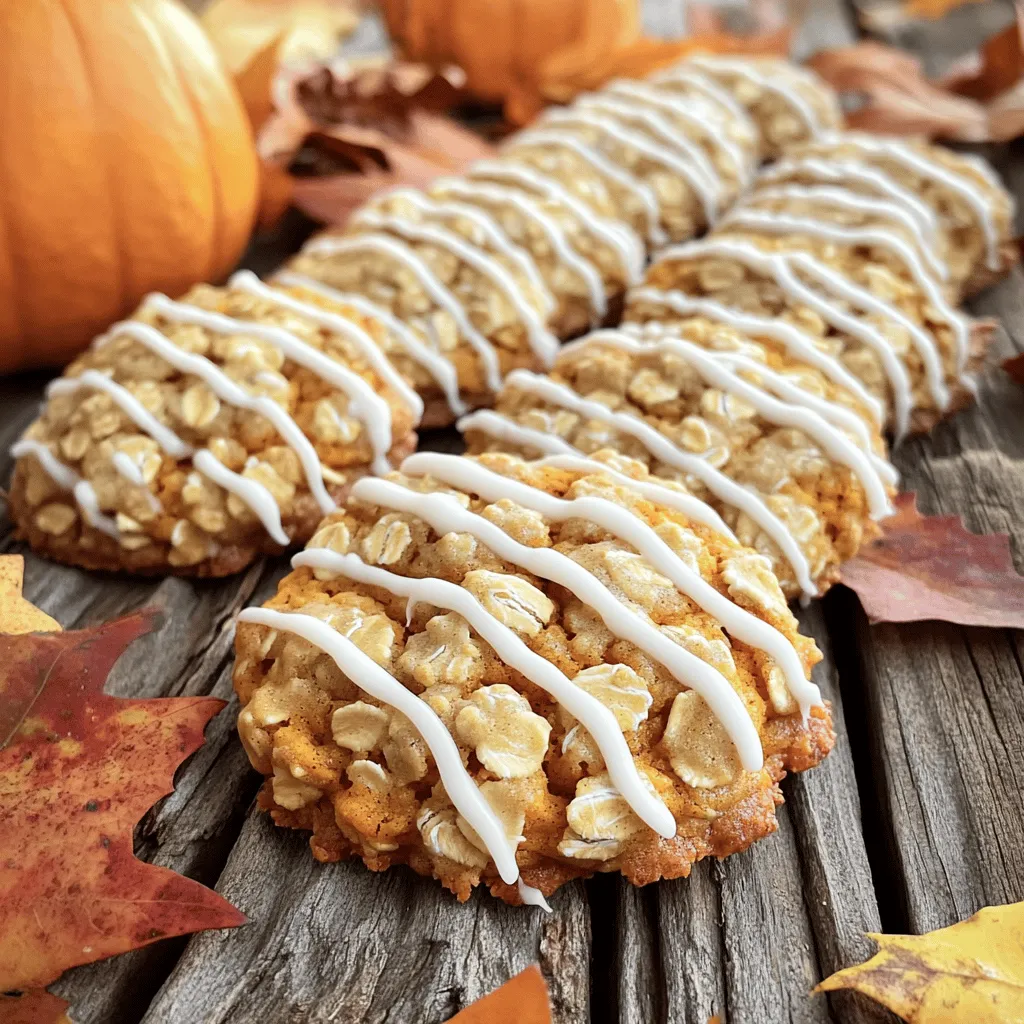



![To make garlic Parmesan roasted potatoes, gather these items: - 2 pounds baby potatoes, halved - 4 tablespoons olive oil - 4 cloves garlic, minced - 1 cup grated Parmesan cheese - 1 teaspoon dried oregano - 1 teaspoon dried thyme - 1 teaspoon paprika - Salt and pepper to taste - Fresh parsley, chopped (for garnish) Using the right amounts helps you get the best flavor. Here’s how to measure: - Potatoes: Use a kitchen scale for accuracy. - Olive Oil: A tablespoon is about 15 milliliters. - Garlic: Mince fresh cloves with a knife for a strong taste. - Parmesan: Grate your cheese for even melting. - Herbs and Spices: Use measuring spoons for precise amounts. You can swap ingredients if needed: - Baby Potatoes: Try Yukon Gold or red potatoes for a different taste. - Olive Oil: Use melted butter or avocado oil for a rich flavor. - Parmesan Cheese: Grated Pecorino Romano offers a sharp twist. - Dried Oregano and Thyme: Fresh herbs work well if you have them. - Paprika: Smoked paprika adds a unique depth to the dish. These swaps keep the dish tasty while making it your own. For the full recipe, check out [Full Recipe]. To start, gather your ingredients. You need baby potatoes, olive oil, garlic, and Parmesan cheese. Don't forget the herbs like oregano and thyme. These add great taste. 1. Preheat your oven to 425°F (220°C). This step is key for crispy potatoes. 2. In a large bowl, mix the halved baby potatoes with olive oil. Add minced garlic, oregano, thyme, paprika, salt, and pepper. Toss well until every potato is coated. 3. Spread the seasoned potatoes on a baking sheet lined with parchment paper. Make sure they are in a single layer to get even cooking. Roasting gives potatoes a crisp outside and soft inside. The high heat does this well. Shaking the tray halfway through helps too. This ensures every side cooks evenly. When you add the Parmesan cheese, it melts and creates a golden crust. This is the magic moment! Keep an eye on them in the oven. You want that perfect golden brown. Roast the potatoes for about 25 minutes. Then, shake the tray for even cooking. After that, sprinkle the cheese on top. Return the tray to the oven for an extra 10-15 minutes. Check for doneness. You want the edges crispy and the cheese golden. Once done, let them cool slightly. Garnish with chopped parsley before serving. Enjoy the rich flavor of Garlic Parmesan Roasted Potatoes with every bite. For the complete recipe, check out the Full Recipe section. To boost flavor, add more herbs. Fresh herbs like rosemary or thyme work well. You can also try red pepper flakes for heat. A sprinkle of lemon zest adds brightness. Mix in Italian seasoning for an extra kick. These choices can make your dish pop. For crisp potatoes, follow these tips. First, ensure the potatoes are dry after washing. Moisture prevents crispness. Use a hot oven at 425°F (220°C). Spread potatoes in a single layer on the baking sheet. This allows air to circulate and helps them crisp up. Shake the tray halfway through cooking to cook evenly. Watch out for these common mistakes. First, don’t overcrowd the baking sheet. This traps steam and makes the potatoes soggy. Also, avoid using cold potatoes. They should be at room temperature before cooking. Lastly, be careful not to skip the cheese. It adds flavor and a lovely crust. For the complete cooking instructions, check out the Full Recipe for Garlic Parmesan Roasted Potatoes. {{image_2}} You can switch things up by using different cheeses. Try cheddar for a sharp taste. Feta can add a nice tang. You can also use mozzarella for a gooey texture. Just sprinkle the cheese on the potatoes before the last roasting phase. Each cheese brings its own flavor to the dish. Mixing in veggies can make your dish even better. Cut bell peppers, zucchini, or carrots into bite-sized pieces. Toss them in with the potatoes and seasonings. They roast nicely and add color. This also boosts the nutrition of your meal. It’s a great way to sneak in more veggies. If you like heat, a spicy version is for you. Add crushed red pepper flakes for a kick. You can also try diced jalapeños for extra spice. Mix them with the garlic and oil before coating the potatoes. This will give you a flavorful punch. The spice balances well with the rich cheese. For more details on making these delicious Garlic Parmesan Roasted Potatoes, check out the Full Recipe. To keep your leftover garlic Parmesan roasted potatoes fresh, place them in an airtight container. This helps maintain their flavor and texture. Let the potatoes cool to room temperature before sealing. Store them in the fridge for up to three days. Make sure to reheat only what you plan to eat. When it's time to enjoy your leftovers, the goal is crispiness. Preheat your oven to 400°F (200°C). Spread the potatoes on a baking sheet in a single layer. This way, they get hot and regain their crunch. Bake for about 10-15 minutes, checking to avoid burning. You can also use an air fryer if you have one. It works great for reheating! Freezing is an option if you have a lot of leftovers. First, let the potatoes cool completely. Next, place them in a freezer-safe bag. Remove as much air as possible before sealing. They can last up to two months in the freezer. To enjoy, thaw them overnight in the fridge and reheat as mentioned above. Just remember, freezing may change the texture a bit. So, the potatoes won’t be as crispy as fresh. For the full recipe, check out the details. Yes, you can use other potatoes, like russet or red. Each type has a unique taste and texture. Russets give a fluffier inside, while reds are waxy and hold their shape. Just remember to cut them into similar sizes for even cooking. To make these potatoes vegan, skip the Parmesan cheese. You can use nutritional yeast for a cheesy flavor. Another option is to add vegan cheese shreds. Both will still give you a tasty dish without dairy. These potatoes go great with many meals. They work well with grilled chicken or fish. Serve them alongside a fresh salad or roasted vegetables for a balanced plate. They also make a great snack on their own! Check out the Full Recipe for more ideas. You learned about the key steps to make Garlic Parmesan Roasted Potatoes. We covered essential ingredients, accurate measurements, and helpful substitutions. I shared roasting techniques and timing for crispiness. You got tips for better flavor and common mistakes to avoid. We explored fun variations and how to store leftovers well. Now you can enjoy these tasty potatoes anytime! Use this guide to create, enjoy, and share your dish with pride. Happy cooking!](https://mysavedrecipe.com/wp-content/uploads/2025/05/90862281-0ed1-4d2f-8bcb-e7dcc30772e8-300x300.webp)
![To make a tasty Spaghetti Aglio e Olio, you need these main ingredients: - 400g spaghetti - 6 cloves garlic, thinly sliced - 1/2 cup extra virgin olive oil - 1/2 teaspoon red pepper flakes - Zest of 1 lemon - Juice of 1 lemon - Salt, to taste - 1/4 cup fresh parsley, chopped You can enhance your dish with some fun extras. Here are optional ingredients to consider: - 1/4 cup grated Parmesan cheese (for creaminess) - 1 cup cherry tomatoes, halved (for freshness) These additions can bring more flavor and texture to your meal. If you don’t have a key ingredient, don’t worry! Here are some good swaps: - Use whole wheat or gluten-free pasta for dietary needs. - Swap olive oil with avocado oil for a different taste. - Try shallots instead of garlic for a milder flavor. These substitutions keep the dish tasty while catering to your needs. For the full recipe, check out the link provided. Start by bringing a large pot of salted water to a boil. I use about one tablespoon of salt for every four quarts of water. After it boils, add 400g of spaghetti. Cook it for about 8-10 minutes or until it is al dente. This means it should be firm, not mushy. Before you drain the spaghetti, save about 1 cup of pasta water. This water will help our sauce later. While the spaghetti cooks, grab a large pan. Heat 1/2 cup of extra virgin olive oil over medium heat. Once the oil is hot, add 6 cloves of thinly sliced garlic. Stir the garlic for 2-3 minutes until it turns golden brown. Watch closely! If it burns, it will taste bitter. Next, stir in 1/2 teaspoon of red pepper flakes. Cook for another 30 seconds to wake up those flavors. Now, it’s time to combine everything. Take the drained spaghetti and toss it into the pan with the garlic oil. Mix well so every strand is coated. Add the zest and juice of 1 lemon, along with 1/2 cup of the reserved pasta water. Stir until the liquid creates a light sauce. If it seems dry, add more pasta water. Finally, mix in 1/4 cup of chopped fresh parsley and 1 cup of halved cherry tomatoes. Season with salt to taste. For an extra touch, sprinkle some grated Parmesan cheese on top. You can find the [Full Recipe] for all the steps and details you need! Start with a big pot of water. Add salt until it tastes like the sea. Bring the water to a boil. Add the spaghetti and stir to keep it from sticking. Cook the pasta until it is al dente, which means firm to the bite. This usually takes about 8 to 10 minutes. Remember to save a cup of pasta water before draining. This water helps your sauce stick. Heat your olive oil over medium heat. Add your sliced garlic and watch it closely. You want it golden brown, not dark. This usually takes 2-3 minutes. If the garlic burns, it will taste bitter. Don't rush this step; patience is key. Right before it gets too dark, add the red pepper flakes. This helps to bring out their flavor. If you love heat, feel free to add more red pepper flakes. Start with a half teaspoon, then taste. You can always add more, but it’s hard to take it out. If you prefer less spice, cut back on the flakes. You can also add more lemon juice to balance the heat. This dish is all about your taste, so make it your own! For more great tips, don't forget to check out the Full Recipe! {{image_2}} You can easily add vegetables to your spaghetti. Consider including spinach, bell peppers, or broccoli. They add color and nutrition. Simply sauté them with the garlic. This way, you get a tasty and healthy dish. You can switch up the sauce for more flavor. Try adding pesto, marinara, or even a light cream sauce. Each option gives a new taste to your meal. Experiment with different sauces to find your favorite. To make this dish vegan, leave out cheese. You can also use nutritional yeast instead. For gluten-free spaghetti, choose gluten-free pasta brands. These small swaps let everyone enjoy this dish without missing out. Store leftover spaghetti Aglio e Olio in an airtight container. Keep it in the fridge. It stays fresh for about three days. Make sure to cool the pasta before sealing it. This will help keep the texture. To reheat, use a skillet over low heat. Add a splash of olive oil or water. Stir gently until warm. This helps keep the pasta moist. You can also microwave it. Use a microwave-safe bowl and cover it loosely. Heat in short bursts, stirring in between. You can freeze spaghetti Aglio e Olio, but with caution. The texture might change. Cool the pasta completely before freezing. Place it in a freezer-safe bag. Squeeze out air and seal tightly. It can last up to two months. When ready to eat, thaw it overnight in the fridge. Reheat as mentioned earlier for the best taste. Aglio e Olio is Italian for garlic and oil. This dish highlights these two simple ingredients. It shows how basic flavors can create magic. For me, it’s all about fresh garlic and good olive oil. This combo brings a rich taste that’s hard to beat. Yes, you can add protein! Grilled chicken or shrimp works great. You can also toss in sautéed mushrooms or chickpeas for a hearty touch. Just cook the protein separately and mix it in with the spaghetti. This makes your meal even more filling and satisfying. To make Spaghetti Aglio e Olio ahead of time, cook the spaghetti and garlic oil separately. Store them in airtight containers in the fridge. When you’re ready to eat, simply reheat the garlic oil and toss in the spaghetti. Add fresh parsley and cheese right before serving for the best taste. Check out the Full Recipe for more details! You learned how to make Spaghetti Aglio e Olio today. We covered the key ingredients, cooking steps, and tips for the best flavor. You saw ways to change the dish with veggies and sauces. Plus, we discussed storage, reheating, and FAQs. Now, it’s time to enjoy your meal! Experiment with variations to make it your own. Cooking should be fun, so get creative! Each bite of this dish is both simple and tasty. Enjoy your cooking journey!](https://mysavedrecipe.com/wp-content/uploads/2025/05/e5d5c398-cb2d-40ed-af27-e9d5023f9e9b-300x300.webp)
